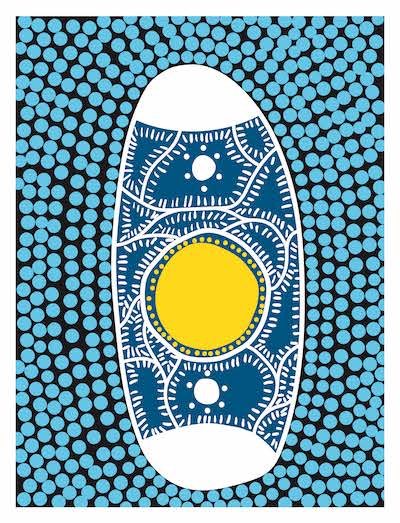
Patrick Brennan, Deputy Principal - Staff & Student Wellbeing
Patrick Brennan, Deputy Head of College
A significant part of the evolution of the College has been the focus on student wellbeing. Our vertical house system across Years 5 to12 is at the core of this. Each boy will have the same wellbeing mentor and Head of House throughout their time at the College, and each morning, all boys engage in a structured wellbeing time with their mentor in small groups.
We have established a Wellbeing Centre which houses the Heads of House and the wellbeing team. We also set up a Health Centre and employed a College Nurse. The Deputy Head and Head’s office are in visible locations adjacent to the Centenary Quad and provide students with easy access. Many of the hard surfaces have been softened with grass and plants, and we aim to give boys ample time outdoors to exercise during break time.
A recent addition to our wellbeing focus has been the engagement of a consultant who specialises in restorative practice.
From time to time, boys will may make a poor decision whilst at school. At Waverley College we focus on specific behaviours without blaming. Teachers use relational questions to draw out who was affected and how they were affected. Staff look to move forward by directing questions towards problem solving and what needs to be done to make things right.
Restorative practice involves questioning which is respectful, promotes learning, develops autonomy, builds resilience, emotional literacy, empathy, self-esteem and self-image. All of which are key ingredients for enhancing wellbeing.
Our staff are confident in this process and work through a structured flowchart which engages with the students respectfully and encourages students to come up with suggestions which will make the situation right.
Consequences should be a part of any restorative process. Indeed, boys education is paramount if fair and reasonable requests are surrounded by clear and consistent boundaries and subsequent consequences. The level of genuine engagement of the student in the process will ultimately determine the extent of any consequence.
The following flowchart is an example of the script teachers now use to draw out who was affected and how they were affected as a result of a poor decision:
- What happened?
- How did it happen?
- How did you act in this incident?
- Who do you think was affected/hurt?
- How were they affected/hurt?
- What needs to happen to make things right?
- If the same situation happens again, how could you behave differently?
- This meeting in itself is a consequence of the decision that was made. A report will be placed on your Sentral file and your parents will be notified. What consequence would you expect if this behaviour were to occur again?
- What support do you need? Who can you go to for support?
Restorative practice takes longer than traditional methods of wellbeing management however all of the research points to better outcomes.



